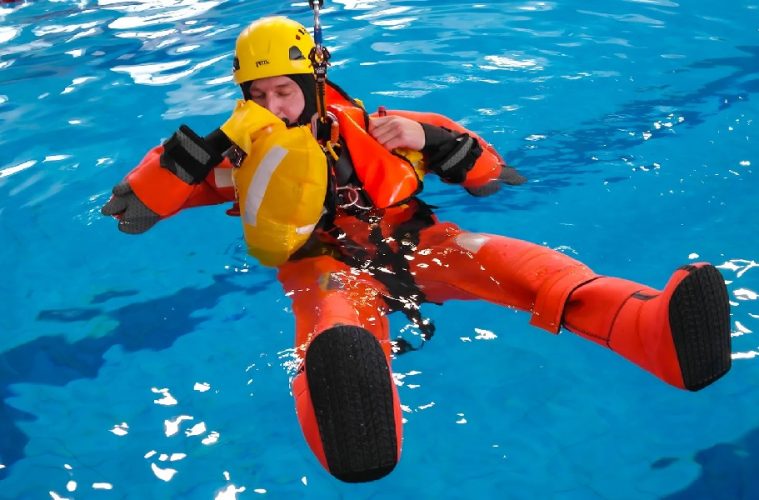Whether you’re a seasoned sailor, an offshore worker, or a recreational boater, the unpredictable nature of the sea means you should always be prepared for emergencies. Sea survival gear plays a crucial role in ensuring your safety in challenging maritime situations. In this blog, we will explore the essential sea survival training courses gear you should be familiar with, understanding that these items can be your lifeline when facing adversity at sea.
Life Jackets:
Life jackets, also known as personal flotation devices (PFDs), are fundamental to sea survival. They keep you buoyant in the water, providing vital support when swimming is necessary. Modern life jackets are designed for comfort and often come equipped with reflective materials, whistle attachments, and even pockets for additional gear. Ensure your life jacket fits properly and is Coast Guard-approved for your region.
Immersion Suits:
Immersion suits, commonly known as survival suits or dry suits, are designed to keep you warm and dry in cold water. These suits provide thermal insulation and buoyancy, reducing the risk of hypothermia when you’re in the water for an extended period. Make sure your immersion suit is the right size and that you practise putting it on quickly.
Life Rafts:
Life rafts are inflatable devices that provide a safe platform for survival at sea. They come in various sizes, from single-person to multi-person rafts, and often include essential survival equipment such as emergency rations, signalling devices, and first-aid kits. Familiarise yourself with your life raft and its contents, and ensure it is properly maintained and regularly inspected.
Flares and Signalling Devices:
Flares are essential for attracting attention in emergencies. They come in different types, including hand-held, parachute, and smoke flares. Additionally, signalling mirrors, whistles, and distress flags can help make your presence known to rescuers. Learn how to use these devices effectively and ensure they are up to date and within their expiration dates.
Emergency Locator Beacons:
Emergency locator beacons, such as Emergency Position-Indicating Radio Beacons (EPIRBs) and Personal Locator Beacons (PLBs), are electronic devices that transmit distress signals to search and rescue authorities. Register your beacon, ensure it is properly maintained, and understand the activation process.
First Aid Kit:
A well-equipped first aid kit is indispensable for addressing injuries and medical emergencies while awaiting rescue. It should include bandages, antiseptics, pain relievers, and any necessary prescription medications for your crew’s specific medical needs.
Water and Food Rations:
Emergency water and food rations are essential for survival when stranded at sea. These rations are designed to have a long shelf life and are often found in life rafts. Ensure they are not expired and are readily accessible in your survival gear.
Rescue Swimmer Equipment:
If you anticipate the need for in-water rescues or assistance, consider having rescue swimmer gear on board. This may include rescue slings, throw bags, or personal floatation devices for rescuers.
Sea survival gear is not just equipment; it’s your lifeline in emergency situations at sea. Familiarise yourself with each item in your survival kit, practice using them, and ensure they are well-maintained and up to date. Remember that preparedness is key to enhancing your chances of survival in challenging maritime circumstances. By having the right gear and knowing how to use it, you’ll be better equipped to handle whatever the sea may throw your way.

